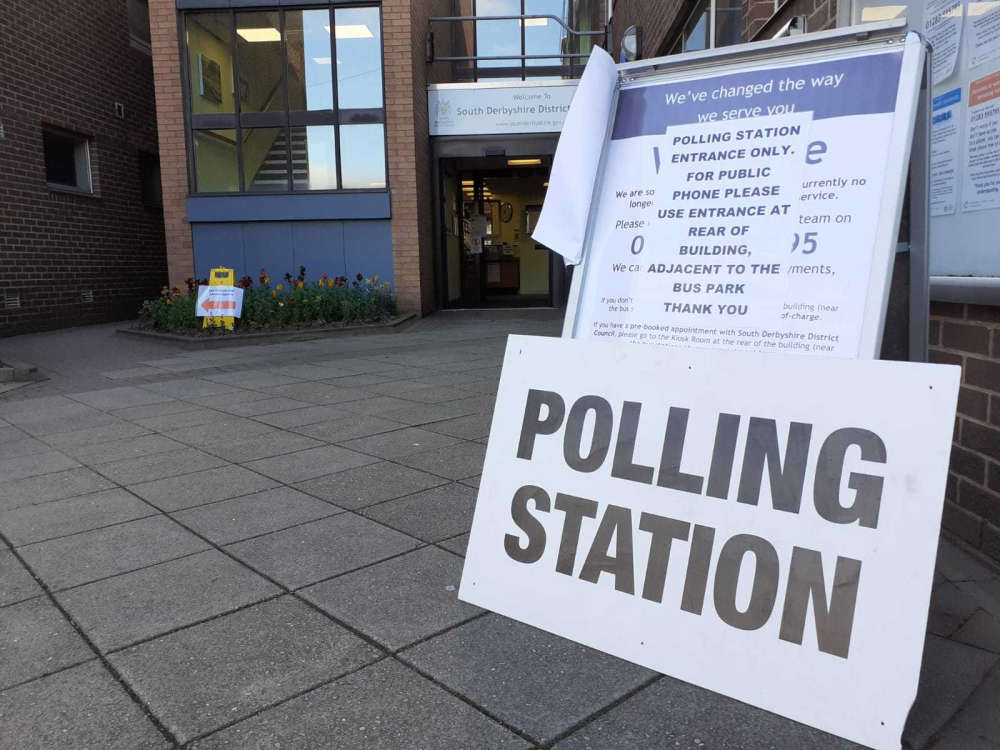
The number of people in contact with NHS mental health services in England (including those referred and those seen) has increased by 16.2% in the last year.
During 2021-22, 3,256,695 people were in contact with NHS-funded secondary mental health, learning disabilities and autism services - up from 2,803,244 in 2020-21 and 2,878,636 in 2019-20.
This means that 5.8% of people in England were known to be in contact with those services during the year. This is compared to 5.0% of people in 2020-21 and 5.1% of people in 2019-20.
Published by NHS Digital, the Mental Health Bulletin, 2021-22 Annual report also includes breakdowns by age, gender, ethnicity and deprivation.
The number of under 18-year-olds in contact with NHS mental health services in England increased by 29.2% in the last year to 992,647 in 2021-22 up from 768,083 in 2020-21 and 763,888 in 2019-20.
Figures show that 18.2% of the countrys 16-year-olds (114,203) and 16.6% of the countrys 17-year-olds (101,694) were in contact with NHS mental health services.
16-year-old girls are most likely to be in contact with NHS mental health services - with 22.8% of the population (69,580) having been in contact with these services during 2021-22.
The Mental Health Bulletin also provides separate tables on inpatient and outpatient numbers and includes figures on those receiving the highest level of care.
Numbers are also available on:
Early intervention for psychosisUse of perinatal community servicesMemory services for those with dementiaPeople subject to restrictive interventions (including type of intervention)Read the full report: Mental Health Bulletin, 2021-22 Annual report

 Derbyshire Police detail extent of blank firing guns and ammunition handed in during amnesty
Derbyshire Police detail extent of blank firing guns and ammunition handed in during amnesty
 May County Council election candidates announced for Erewash
May County Council election candidates announced for Erewash
 County council candidates revealed
County council candidates revealed
 Man charged in connection with robbery in Ilkeston
Man charged in connection with robbery in Ilkeston




